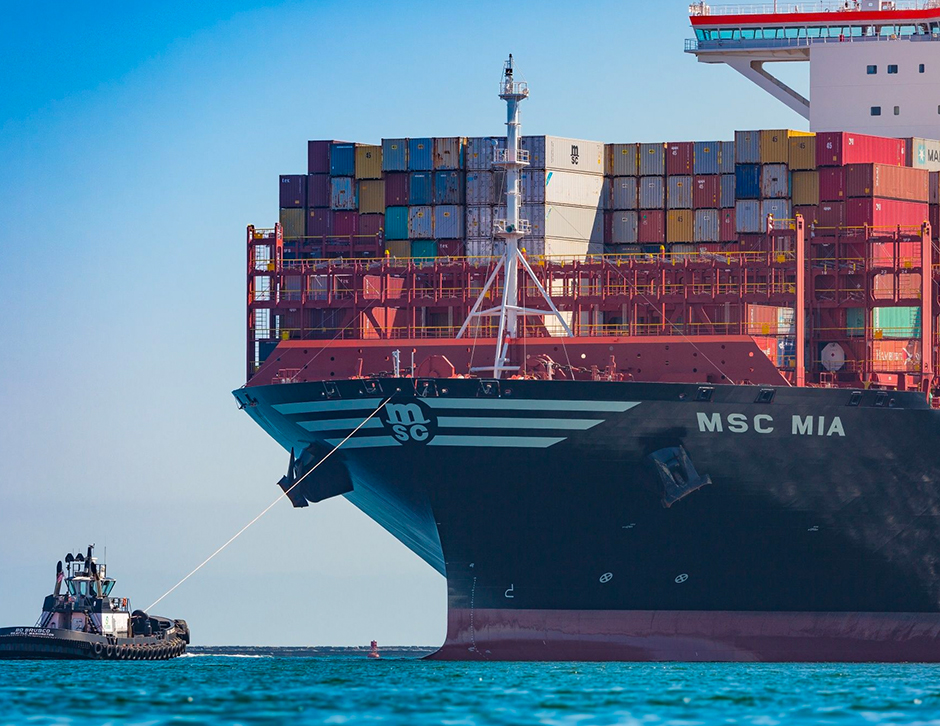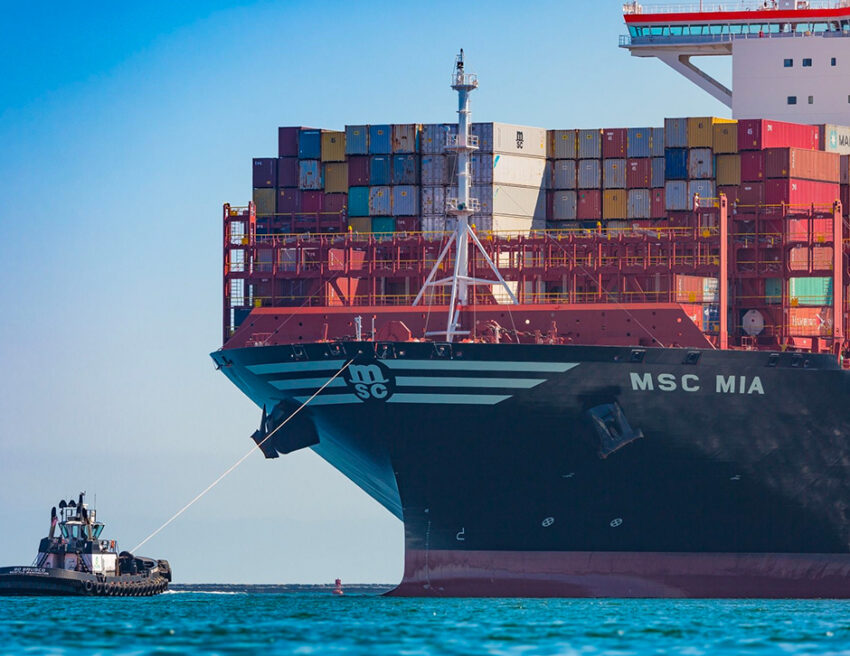One of the latest concerns of the global container shipping industry is the problem of disappearing Chinese ships. Although it might sound odd, several vessels in Chinese seas recently disappeared from the tracking systems. This has been happening since the Chinese government introduced a new data law. Keep reading today’s blog to learn about the unavailability of container ship data and how it could lead to a supply chain crisis.

Explaining the problem of disappearing container ships
Since the first week of November, ships from all over the world, including tankers and container vessels have gone missing from international tracking systems after having entered the busiest Chinese shipping lanes. However, these ships start resurfacing soon after leaving the Chinese waters. According to some sources the tracking pings from vessels in Chinese seas have lowered by almost 90% within a matter of weeks.
-
The causes for the disappearances
China recently introduced the Personal Information Protection Law (PIPL) which comes with a wide range of data governance regulations that came into effect on the 1st of November 2021. The PIPL has made it mandatory for companies to get approval from Chinese authorities before commencing the international transmission of personal data. According to the analysts, the drop-off in maritime traffic started towards October end, just when China was preparing to enforce the PIPL.
-
PIPL’s impact on the unavailability of data
The newly enforced law is closely related to the Chinese authority’s national security concerns. According to industry experts, the threat of overseas corporations breaching China’s national security has prompted the authorities to remove certain AIS transponders from the Chinese coasts. Although the satellites are still capable of collecting signals from the ships, this data is not as comprehensive as the data obtained from terrestrial stations. The data collected on the ground come with better quality pictures and detailed information. In other words, the lack of data is considerably impacting the supply chain visibility in China. Meanwhile, China’s Ministry of Foreign Affairs has told CNN Business that all AIS stations on the coasts are functioning normally. However, the State Council Information Office still hasn’t commented about the reasons why the carriers are losing access to the data.
Automatic Identification System (AIS)
Generally, shipping data firms are capable of tracking the international vessels since they are fitted with the AIS transceiver. Simply put, the AIS operates just like air traffic control but for the seas. This system allows the ship to transmit its location by means of transceivers. Other ships, AIS base stations, and satellites can also receive this data.
The AIS transmits info about the ship’s position, its name, and its destination. It is crucial for the shipping industry since it allows sea vessels in busy shipping lanes to learn about the position of other ships so as to avoid collisions. Additionally, it also provides an outline of congestion in the seas and permits all parties to monitor the movement of commercial ships.
The problem with Chinese AIS base stations and its implications on the container shipping industry
In China, there are several AIS base stations transmitting accurate information about any ship’s position. The Chinese government is presently working on more compact base stations that can be installed on the balconies of residential buildings. Nevertheless, according to the Chinese media (CCTV) reports, the info that these base stations pick up is a ‘hidden mystery’ and nefarious international governments could exploit them. Presently, there are hundreds of these stations on the shores of China. According to reports from CCTV, “Foreign institutions, enterprises, and even spy intelligence agencies wantonly grabbing important data resources in related fields of our country have brought serious harm to national security”.
Since the introduction of the PIPL, several Chinese domestic providers are not giving this data to foreign firms. It has to be remembered in this context that this data is required for obtaining information about the freight volumes of the ships. Moreover, it also helps to forecast port congestion allowing the carriers to decide on the shipping routes.
Implications for the international supply chain
The loss of data from mainland China, where six of the 10 busiest ports are located, will spell trouble for the international container shipping industry. The ocean freight industry is already coping with several problems like space shortage and highly congested ports. Shipping firms use the AIS info to forecast the movement of ships, enhance port efficiency and track the seasonal trends. The unavailability of this data implies that companies might lose important info about the vessel’s docking, departure, and unloading.
Unfortunately, this problem has cropped up in a time when the pandemic has already exposed the vulnerabilities of the international supply chain. Moreover, the increasing demand for commodities coupled with the container shortage is already contributing to port congestion all over the world. In a time like this, it is all the more important to rely in AIS data for determining schedule times for freights arriving from suppliers in China.
MarineTraffic, one of the world’s leading providers of maritime intelligence and vessel tracking is presently experiencing gaps in the location data of container ships in China. According to a representative from MarineTraffic, “If this continues, there will be a big impact in terms of global visibility especially as we come into the busy Christmas period with supply chains already facing huge problems all over the world.”


